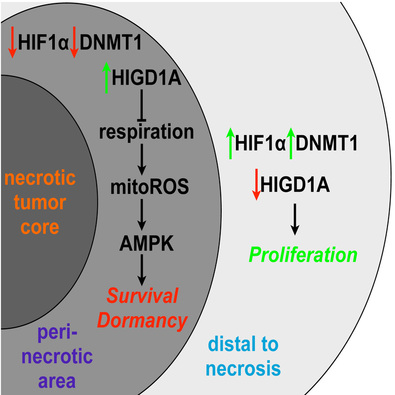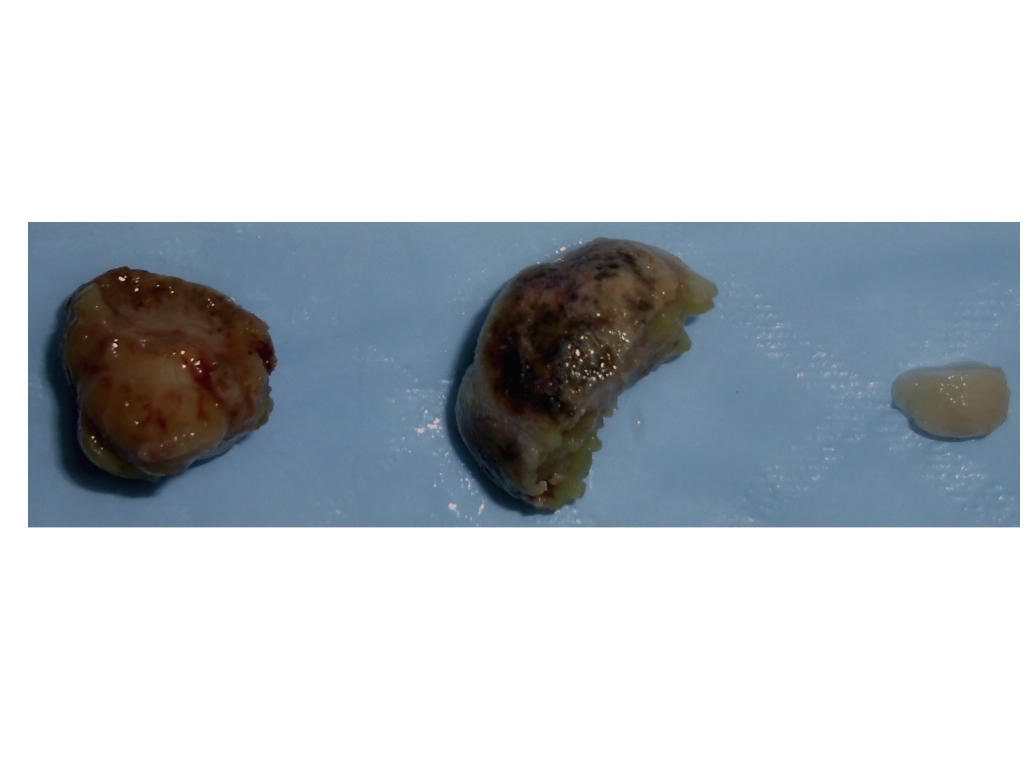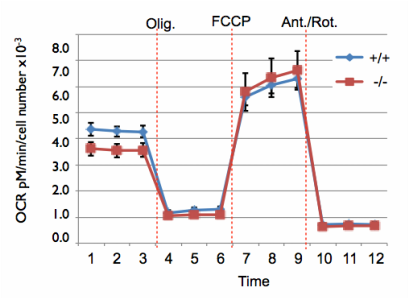|
HIGD1A and tumor dormancyDormancy mechanisms allow tumors to evade treatments designed to kill rapidly dividing cells by slowing metabolism and proliferation. Dormant micro tumors are then able to reemerge, even years after the institution of therapy, frequently with greater voracity. We study how HIGD1A regulates this process.
|



